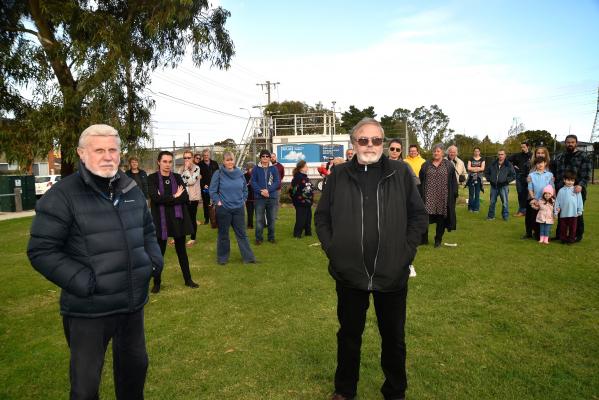
Goya Dmytryshchak
Hobsons Bay council has moved to improve the health of residents in Brooklyn, which has the eighth highest air pollution concentrations in Australia and a rising rate of lung cancer among young people who have never smoked.
Cr Tony Briffa moved a motion at the last council meeting to bring together all parties responsible to address the issues, which they said had plagued residents for more than 15 years.
The council will seek to meet with neighbouring councils and other stakeholders to discuss air quality issues in Brooklyn under its Brooklyn Air Quality Advocacy Plan.
The list of other stakeholders was long: Environmental Protection Authority, relevant state MPs, ministers for planning, environment and public transport, VicRoads, chief health officer, Department of Environment, Land, Water and Planning, Department of Health, Department of Transport, Inner West Air Quality Community Reference Group chair, West Gate Tunnel Project, Brooklyn Community Representative Group and ward councillors.
The motion, which included development of a Brooklyn Air Quality Advocacy Plan, was unanimously passed.
Cr Peter Hemphill told the meeting the air quality issues also affected surrounding areas such as Altona North, South Kingsville, Spotswood areas.
“… It is quite alarming some of the stuff that this (Inner West Air Quality Community Reference) Group has found and particularly the amount of expert evidence that was given to the group, and the thing that struck me the most in the whole of the report was a line where it says that the incidence of lung disease affecting the 20-30 year age group who have never smoked is on the rise, and that just sums it up beautifully why we need to act.”
Group chair Patsy Toop said members continued to meet “to educate the community about the problems that we have here in the inner west and to enable the community to take control of those issues and understand them and therefore not be so heavily exposed to these terrible carcinogens and toxins that are in our atmosphere”.







